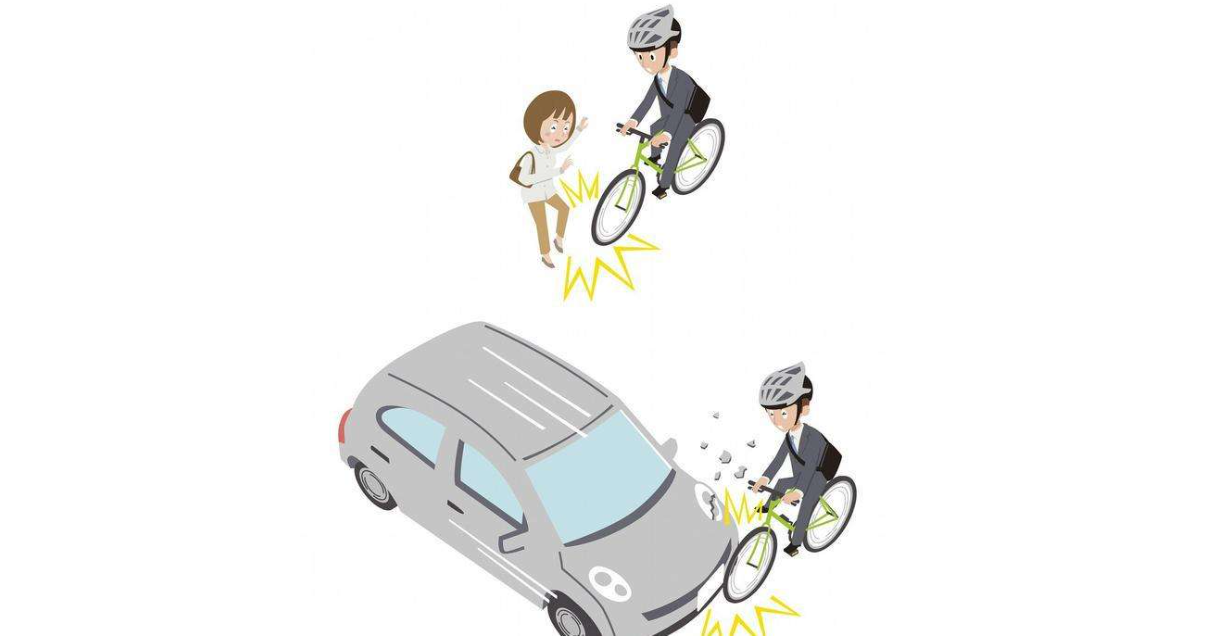
In the current social environment, motor vehicles have become a very important way for people to travel, and with it, the responsibility for motor vehicle traffic accidents has also become a very important type of responsibility in law, so in the process of driving car traffic accidents, we usually need to understand the three issues: how should the responsibility of car crash, car collision or non-motor vehicle be determined and borne? How should compulsory traffic insurance and commercial three liability insurance be used in the assumption of traffic accident liability? In life, how should the owner of the car be determined and borne for the damage caused by the accident?
First of all, according to article 1208 of the Civil Code, if a motor vehicle causes damage caused by a traffic accident, it shall be liable for compensation in accordance with the relevant provisions of the Road Traffic Safety Law and this Law. In judicial practice, in the case of a car crash, the principle of fault liability is implemented, that is to say, the owners of both sides of the motor vehicle share the loss according to the degree of fault (usually the liability accident determination letter issued by the traffic police department divides the responsibility, and the proportion of full responsibility and no responsibility is 100% and 0%, the proportion of main responsibility and secondary responsibility is 70% and 30%, and the proportion of equal liability is 50% and 50%). In the case of a car collision and a non-motorized vehicle, according to article 76 of the Road Traffic Safety Law, the owner of the car is liable for compensation regardless of whether he is at fault or not, that is to say, even if he is not liable, he must bear 10% of the liability. Therefore, in real life, if a pedestrian or non-motor vehicle files a traffic accident to compensate for losses, it can be increased by 10% on the basis of the above proportion of liability division.
Secondly, at present, most car owners basically buy compulsory traffic insurance, and then purchase commercial three liability insurance, according to article 1213 of the Civil Code: if a motor vehicle causes damage caused by a traffic accident, it belongs to the liability of the motor vehicle party, and it is first compensated within the limit of the traffic insurance (according to the latest regulations of the Banking and Insurance Regulatory Commission, the limit of compulsory traffic insurance is 200,000, including 180,000 disability allowance costs, 18,000 medical expenses, and 2,000 yuan of property losses. It should be noted that the compensation of the compulsory insurance does not divide the liability, the insurance company should pay in full, generally the victim should be identified to be able to reach the disability level); if the compensation of the compulsory insurance is not enough, then the motor vehicle commercial three liability insurance compensation can be required (it should be noted that the amount of the three liability insurance compensation depends on the amount purchased by the owner, the common is 1 million, 1.5 million, 2 million, the insurance company pays according to the proportion of liability that the owner needs to bear, such as drunk driving or unlicensed driving, the insurance company will refuse to pay) If the commercial three liability insurance is not enough to pay, it is necessary for the owner to bear the liability for compensation.
Finally, in the case of hitchhiking between colleagues and friends in life, if a traffic accident occurs in the process of hitchhiking and causes injury to the passenger, according to article 1217 of the Civil Code: if a traffic accident occurs in a non-operating motor vehicle and causes damage to the unpaid passenger, the liability of the owner of the motor vehicle shall be reduced, unless the owner has intentional or gross negligence. That is to say, in the case of a well-intentioned ride, if the damage to the passenger is caused, the owner of the car should reduce the liability for compensation (in judicial practice, the proportion of the general reduction is about 40%), rather than not being liable; if there is intentional or gross negligence, it is necessary to bear full liability for compensation. However, it should be noted that the owner of the car belongs to the non-operating vehicle, free ride and other conditions.